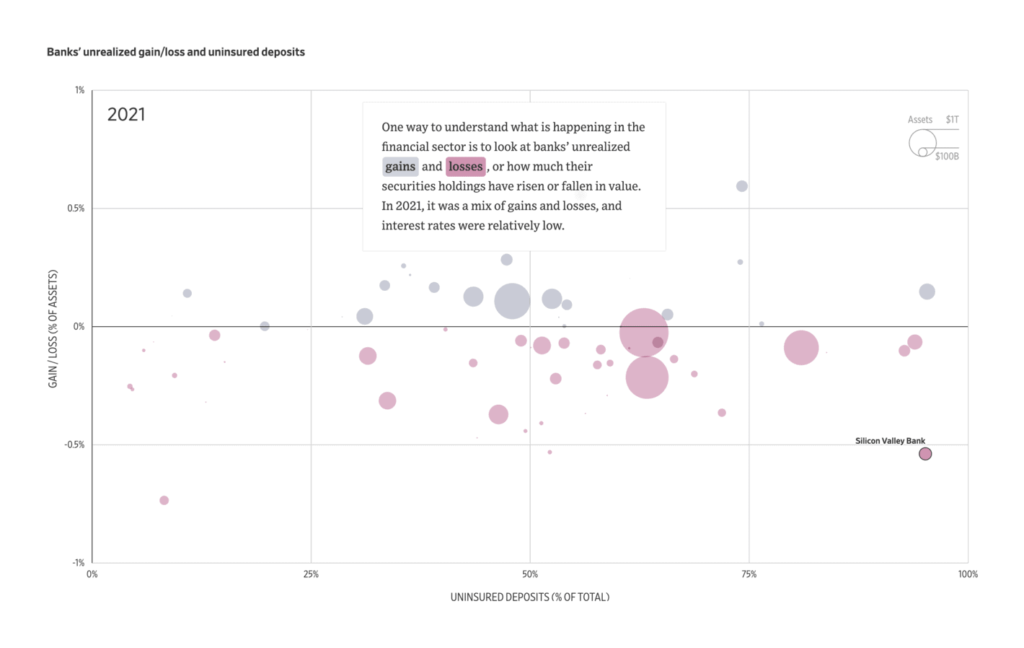Cite: JAMA Intern Med. Published online February 27, 2023. doi:10.1001/jamainternmed.2023.0015
Graphic:
Excerpt:
Question What is the association of cardiovascular health (CVH) levels, estimated by the American Heart Association’s Life’s Essential 8 score, with life expectancy free of major chronic diseases?
Findings In this cohort study of 135 199 adults from the UK Biobank study, high CVH level was associated with substantially longer life expectancy free of 4 major chronic diseases (cardiovascular disease, diabetes, cancer, and dementia) in both men and women. Furthermore, the disease-free life expectancy was similar between low and other socioeconomic groups among participants with high CVH.
Meaning These findings support improvement in population health by promoting a high CVH level, which may also narrow health disparities associated with socioeconomic status.
Author(s): Xuan Wang, MD, PhD1; Hao Ma, MD, PhD1; Xiang Li, MD, PhD1; et al
Publication Date: 27 Feb 2023
Publication Site: JAMA Internal Medicine






